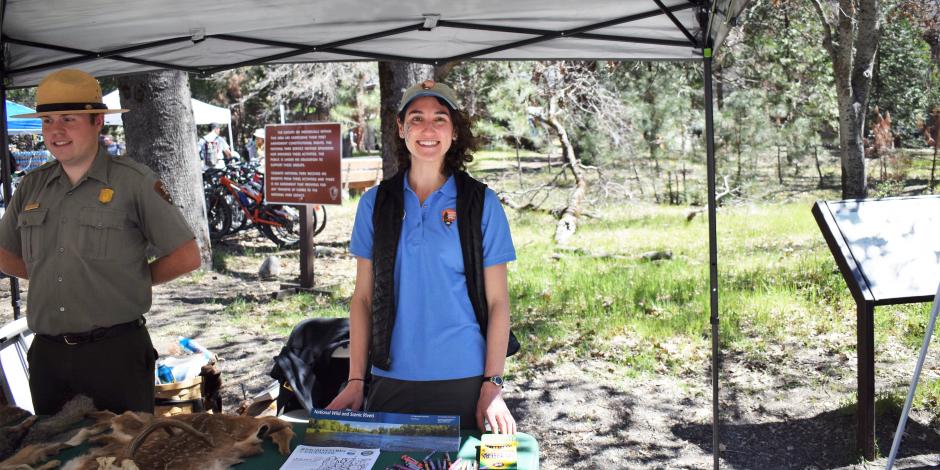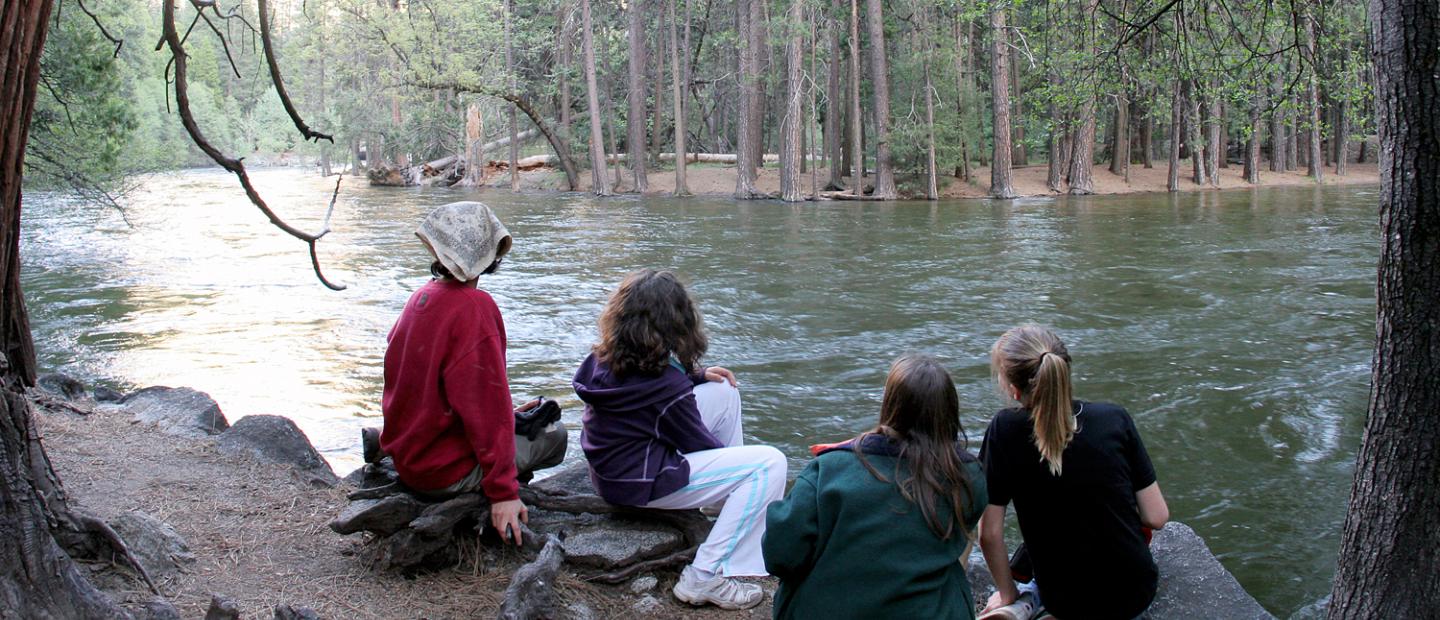Establishing Roots as an Environmental Steward

When I was in 6th grade, I remember arriving at my school parking lot early on a Sunday morning and sleepily lugging my bags into a chaperone’s car. My classmates and I waved goodbye to our parents and set out from the school’s parking lot. I bounced in my seat with excitement and eagerly pressed my face against the window thinking about what waited at the end of the four hour car ride: Yosemite National Park.
With my first glimpse passing through the Tunnel View, my jaw dropped. Towering granitic features, lush valleys, and crisp fresh air – was I really in this beautiful landscape? Over a decade ago, Yosemite stole my heart, inspiring me to pursue an environmental sciences career. After graduating from college, I knew I wanted to work to protect rivers, a desire which led me to my current position with the National Park Service (NPS) as a Wild and Scenic Rivers Fellow.

The Wild and Scenic Rivers Act created a system of specially designated rivers, protecting and enhancing their free-flowing conditions for the benefit and enjoyment of present and future generations. The NPS Wild and Scenic Rivers Program provides support to managers of wild and scenic rivers that are administered by the NPS.
2018 marks the 50th anniversary of this Act, and my job (in part) is to support river managers in their celebration of this system. From the moment I was hired, I wanted to return to Yosemite National Park, and I knew the Merced Wild and Scenic River in Yosemite could be a natural bridge to do so. My intention was to visit the park and write about the meaning of the Merced designation to share the success of this system. Little did I know at the time, the story of the Merced designation was multifaceted and not without its challenges.
I spent two weeks in the park, during which I spoke with planners, restoration managers, visitor use monitors, compliance personnel, and many other NPS staff members and park partners to understand their take on Wild and Scenic designation. Park staff spoke of the decades spent writing and rewriting the Merced River Plan; this extensive document guides park managers on how to protect and enhance the Merced River, while accommodating nearly 5 million visitors who drive, climb, hike, and paddle in the river’s corridor every year.
Towards the end of my trip, I shadowed a group of 6th grade students participating in NatureBridge, a residential outdoor science program in Yosemite for middle school students. The students toured Yosemite Valley, performed bug surveys in Tenaya Creek, and had lunch under tall pine trees while I trailed behind. Eventually, we meandered towards a beach along the Merced River.
The NatureBridge educator led a program in which the students created their own “national parks” using natural items like twigs, rocks and leaves. The instructor split the class into three groups and each assigned group to create a “national park” based on one of the following themes: preservation, recreation or education. The groups presented their “parks,” explaining how it encompassed their chosen theme. The instructor posed the question, “Which theme fits Yosemite?” to which the students responded, “education.” These students recognized that Yosemite provides the amenities necessary for millions of annual visitors to enjoy the park, while striving to protect the natural features that draw so many visitors in the first place.
As I sat back observing the students discuss how Yosemite is an education park, it struck me: I had participated in this activity before. Only last time, I had been sitting amid the audience of eager NatureBridge students.
For me, viewing Yosemite as anything other than untrammeled wilderness was an uncomfortable realization at first. But through my research, I found that Wild and Scenic designation of the Merced River and the subsequent Merced River Plan presented a different lens. If not for the roads by which I could access Yosemite, I would not have attended NatureBridge in 6th grade and I would not have become the environmental steward I am today.
After observing the efforts to preserve Yosemite while opening up the park to visitors, I can only imagine how many children have been inspired by Yosemite’s incredible beauty. And I can only hope as to how many of them will go on to be environmental stewards.Joni
About the Author: Joni Gore is a Wild and Scenic River Fellow in Seattle and assists National Park Service river managers on wild and scenic rivers. To learn more about her work in Yosemite, check out Joni’s Merced Wild and Scenic River Story Map. Visit rivers.gov to learn more about the National Wild and Scenic Rivers System.

